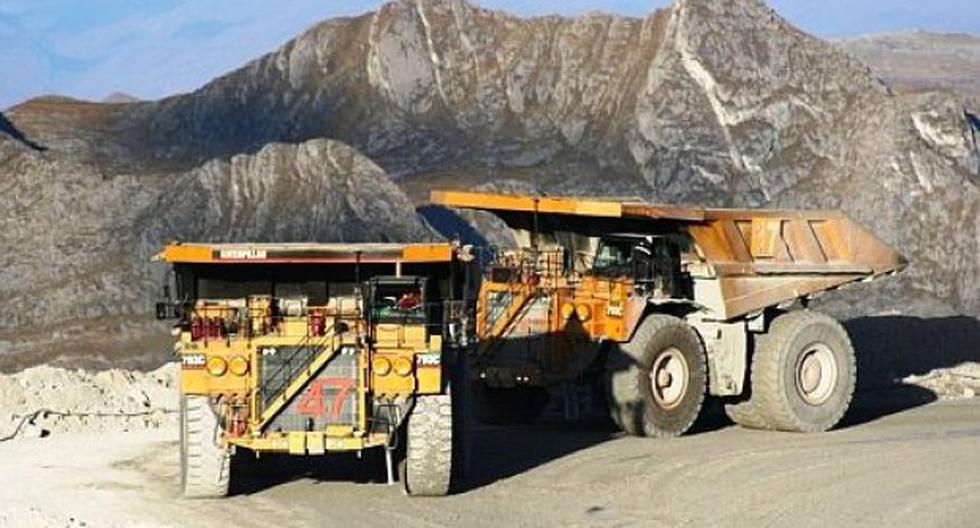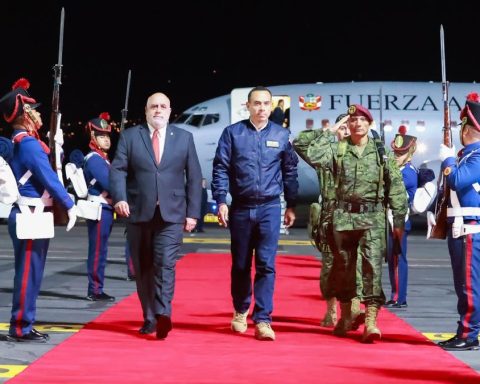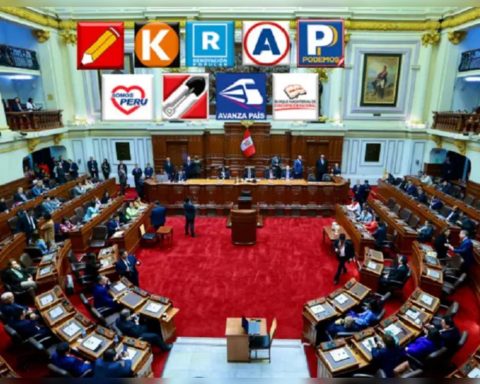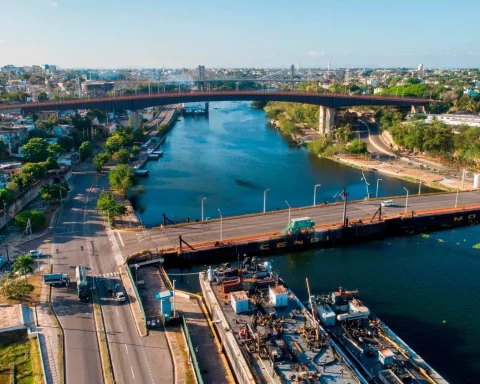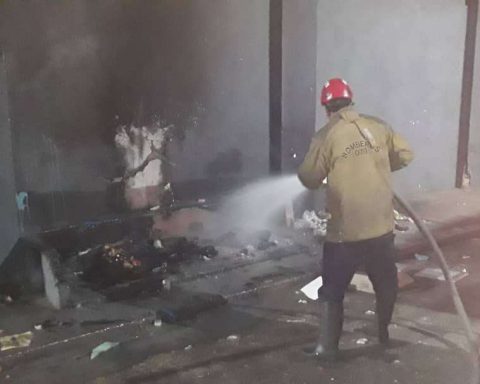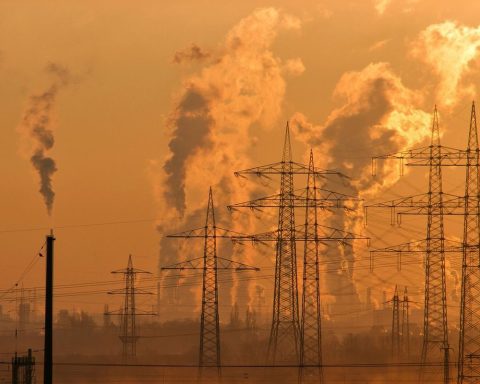Seven regions in the south of Peru have received this year a total of S/ 4,491 million mining canon as a result of the development of formal mining, reported the National Society of Mining, Petroleum and Energy (SNMPE).
During the 35th Mining Convention (Perumin), which takes place in Arequipa, Raúl Jacob, president of the SNMPE, stated that this amount represented 57% of what was distributed to the mining regions, which amounted to a total of S/ 7,844 million.
For its part, the Ministry of Economy and Finance (MEF) maintained that it has already concluded the distribution of the mining canon corresponding to fiscal year 2021 to regional governments, provincial and district municipalities.
The total amount of mining canon distributed this year amounted to S/ 7,844.2 million, which meant a total growth of 166% compared to 2021 (S/ 2,947.4 million) and a record contribution of formal mining to the regions.
Regions with more resources
The president of the SNMPE commented that the region that received the most economic resources as a mining canon this year was Áncash with S/ 2,086.4 million, a figure that was 146% higher than in 2021 (S/ 849 million).
Meanwhile, Arequipa received S/ 1,118 million, a figure that reflected a growth of 418% compared to the S/ 215 million reported last year.
The Moquegua region received S/ 573 million, an amount 135% higher than the S/ 244 million of 2021. Meanwhile, Tacna received S/ 840.7 million, which implied an increase of 117% compared to S/ 387.9 million last year.
Likewise, Cusco received S/ 519.8 million, which meant an increase of 117% compared to S/ 239.2 million in 2021. For its part, the Ica region received the sum of S/ 827.7 million, 218% more than last year (S/ 260.5 million).
Likewise, the president of the SNMPE pointed out that Apurímac continues to receive the benefits of the development of formal mining, despite the permanent environment of social conflict that this region has faced in recent years, since it was given S/ 316 million canon this year compared to S/ 5.8 million in 2021. He stressed that this means a growth of 54 times.
“The higher canon is added to the significant impact of mining activity in the Apurímac region, reflected in a significant reduction in poverty and the substantial increase in employment directly and indirectly due to the economic activity of mining.”, he indicated.
Puno was distributed S/ 293.9 million mining canon, a figure that represented an increase of 272% compared to S/ 79 million last year.
Execution of resources
“Between 2012 and 2021, the mining sector contributed more than S/ 41,000 million in canon and royalties to the country. And just for 2021, the record year for taxes and mining contributions, around S/ 10,000 million have just been distributed to the regions and municipalities for canon and mining royalties.Jacob pointed out.
In this regard, he explained that, of the economic resources (canon and royalties) received by regional and local governments in the last decade, barely 67% of said funds have been executed.
“We observe with great concern that when reviewing how the resources that mining contributes are used: of all that was invested, only 4% went to the health area, 10% to water and sewage, and another 11% to education. In other words, the remaining 75% was used for expenses that, although they may be necessary, are not a priority, such as the shortcomings in health services that the COVID-19 pandemic revealed to us.“, said.
He noted that in order to maximize the positive impact of mining on local and regional economic development, it is necessary to improve the operation of the mining canon, in order to ensure that its use is effective in closing the social and infrastructure gaps that the country suffers.
“It is urgent to better focus canon resources and invest in essential works in the communities and population centers closest to mining operations; as well as implement mechanisms that guarantee transparency and accountability on the use of funds to avoid corruption”, he asserted.
